Find Help
More Items From Ergsy search
-

What to expect from your Colposcopy appointment
Relevance: 100%
-
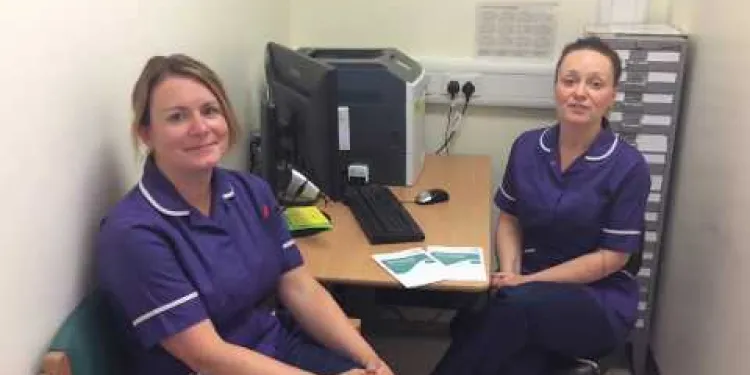
Having a colposcopy at Leeds Teaching Hospitals
Relevance: 80%
-

How do I book an appointment for the flu vaccine?
Relevance: 39%
-

How should I prepare for a Botox appointment?
Relevance: 38%
-

Can I get a dentist appointment on the NHS?
Relevance: 38%
-
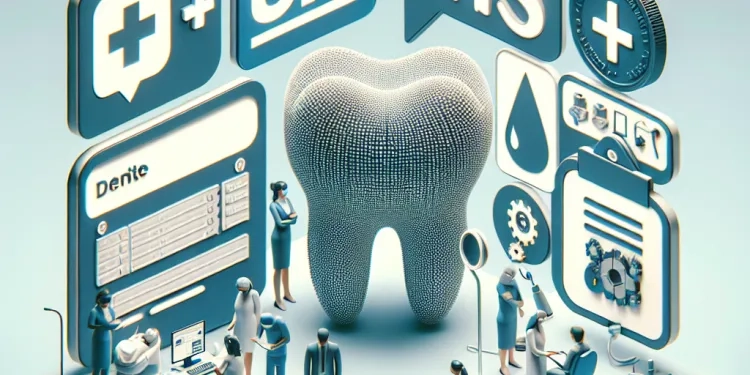
What happens if I miss my NHS dental appointment?
Relevance: 38%
-
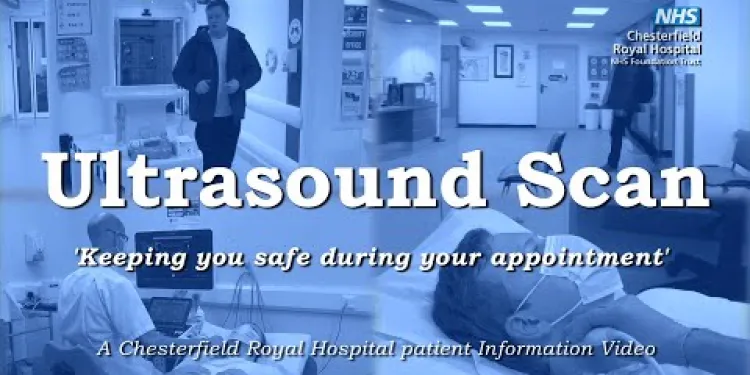
Your Ultrasound Appointment
Relevance: 38%
-
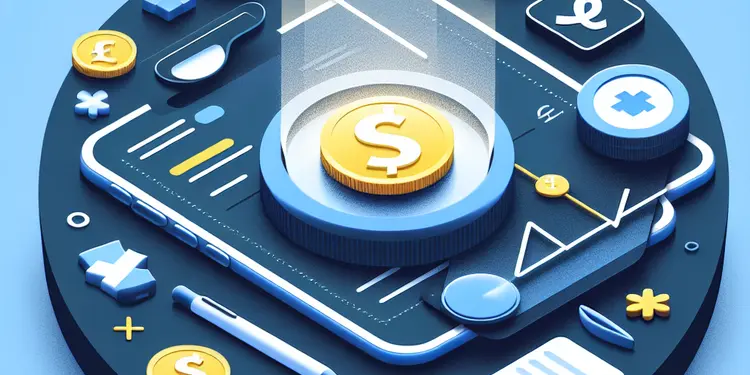
How can I get a COVID jab appointment?
Relevance: 37%
-
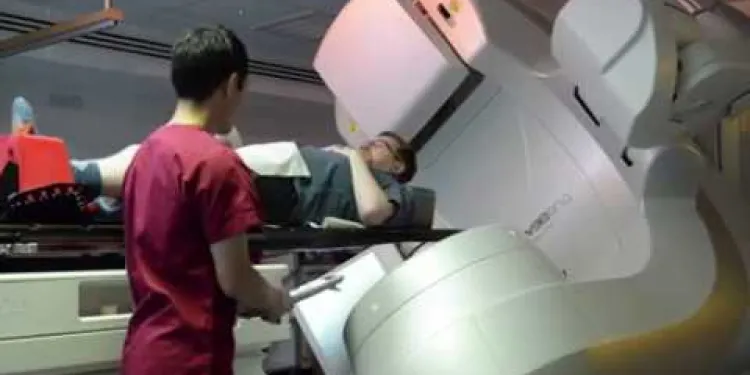
A Radiotherapy appointment in east and North Hertfordshire
Relevance: 37%
-

What should I bring to my NHS dental appointment?
Relevance: 36%
-

Can children get NHS dentist appointments?
Relevance: 36%
-
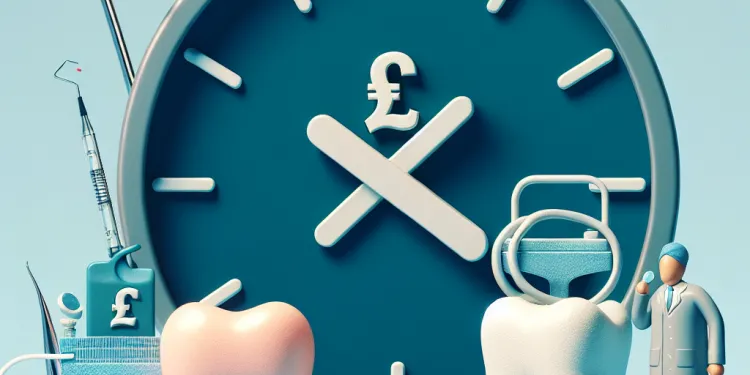
How long will I have to wait for an NHS dental appointment?
Relevance: 35%
-
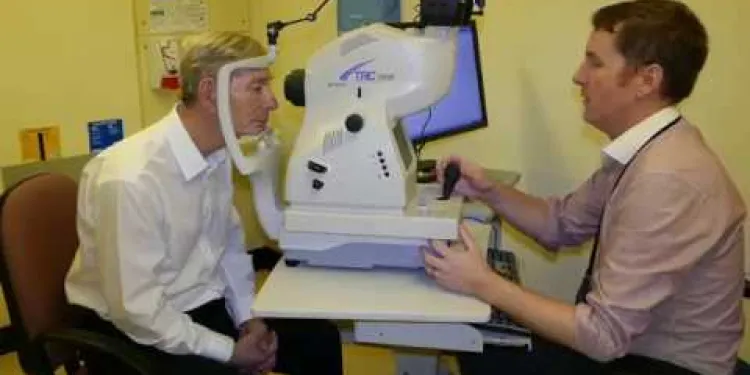
Derbyshire Diabetic Eye Screening - Your Screening Appointment
Relevance: 35%
-

What should I do if I miss my second COVID jab appointment?
Relevance: 35%
-
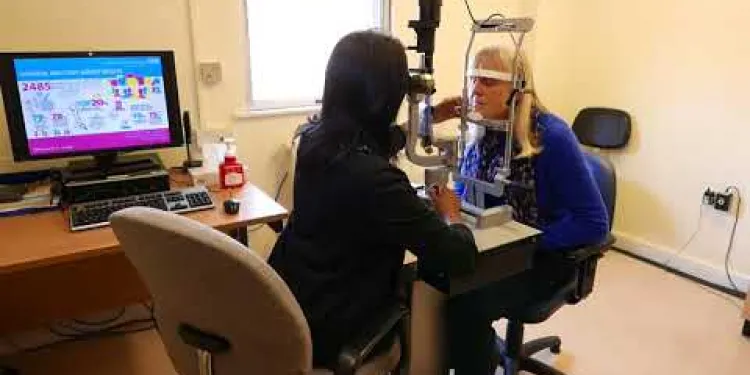
Derbyshire Diabetic Eye Screening - Assessment Clinic Appointment
Relevance: 35%
-

Are all dental appointments free on the NHS?
Relevance: 34%
-

Autism Assessment - What Happens in Your Appointment
Relevance: 33%
-

Can I get an emergency NHS dental appointment?
Relevance: 33%
-
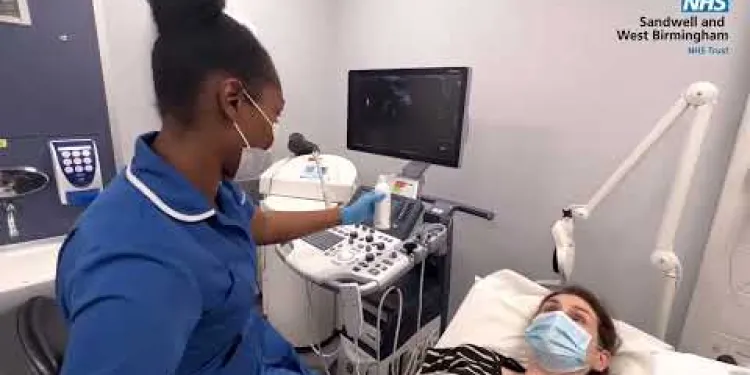
Post Menopausal Bleeding Clinic | A Guide to What Happens at An Appointment
Relevance: 33%
-

Your abdominal aortic aneurysm (AAA) screening appointment
Relevance: 32%
-
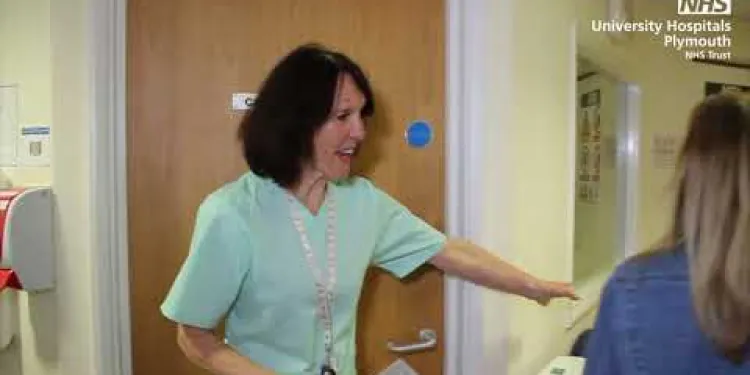
MRI Scanner walkthrough - what to expect at your appointment
Relevance: 31%
-

NHS to Expand Digital Health Services to Reduce Appointment Backlogs
Relevance: 31%
-

How can I find an NHS dentist for an appointment?
Relevance: 29%
-

Do I need to make an appointment to visit a food bank?
Relevance: 28%
-

Eczema - Your child's appointment | Dermatology | Paediatrics
Relevance: 28%
-

What should I do if I can't get an NHS dentist appointment?
Relevance: 26%
-

Judicial Appointments Under Scrutiny as Diversity Reports Spark Debate
Relevance: 25%
-

What is a Pap smear?
Relevance: 20%
-
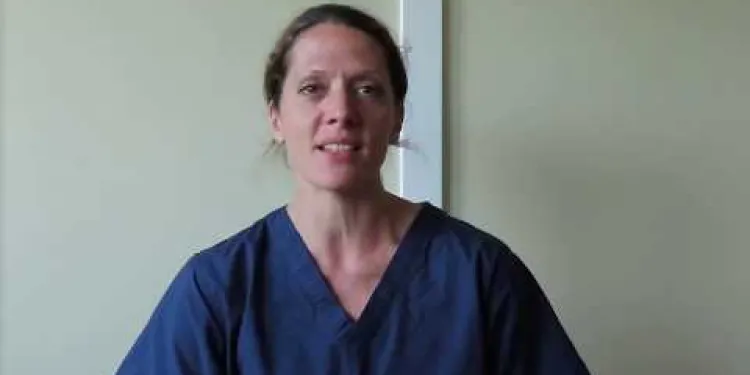
The NHS is #StillHereToHelp with cervical screening
Relevance: 20%
-

NHSGGC - Cervical Cancer Screening - English
Relevance: 18%
-

Get cancer symptoms checked by your GP | NHS - BSL version
Relevance: 16%
-
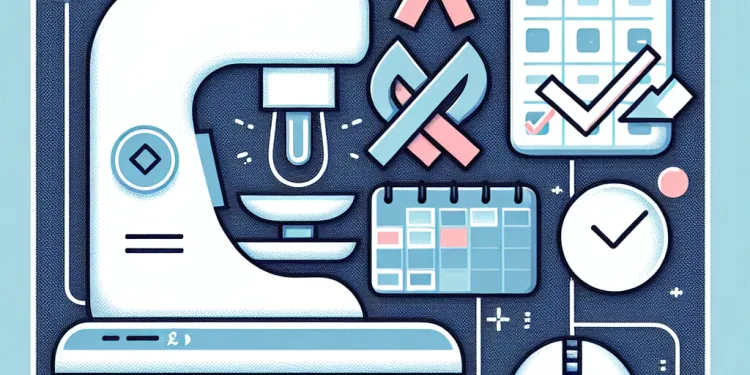
How do I book a mammogram?
Relevance: 14%
-

Get cancer symptoms checked by your GP | NHS
Relevance: 14%
-

What is cervical screening (smear test)?
Relevance: 14%
-
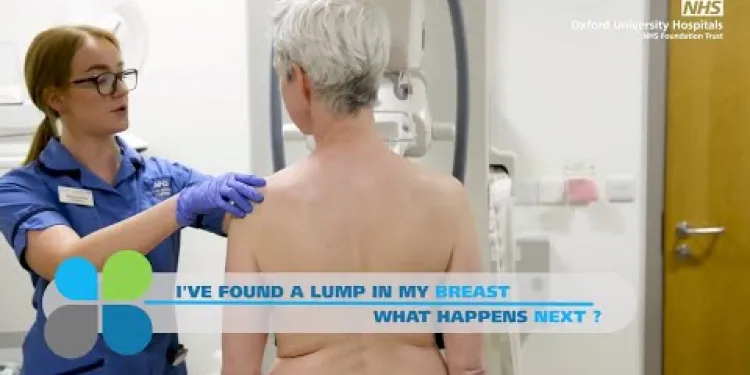
I've found a lump in my breast - What happens next? The breast diagnostic clinic
Relevance: 14%
-

What precautions should I take before getting Botox?
Relevance: 13%
-
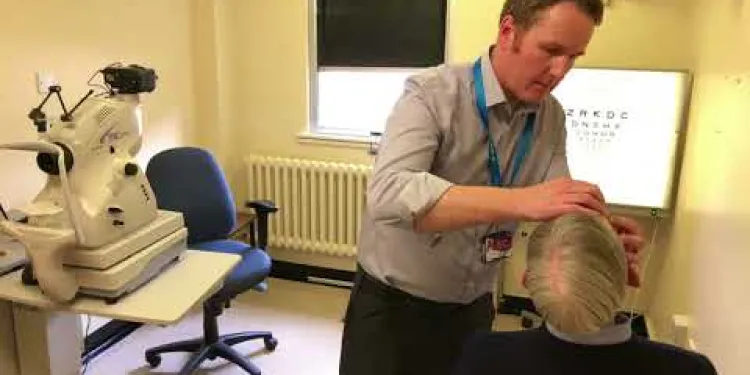
Derbyshire Diabetic Eye Screening - Diabetic Eye Screening
Relevance: 13%
-
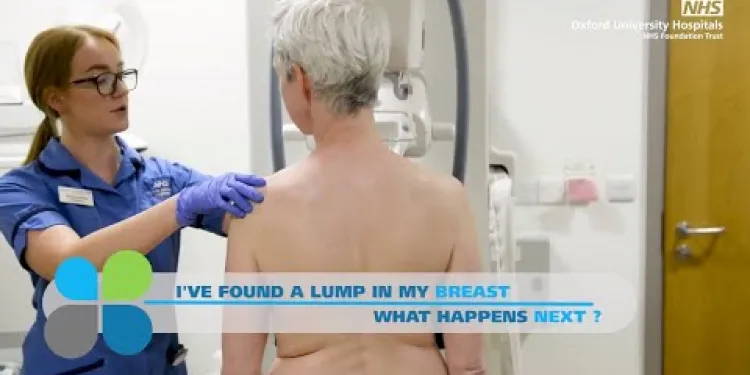
I've found a lump in my breast - What happens next? The breast diagnostic clinic
Relevance: 13%
-

Can I change my DVSA Theory Test date?
Relevance: 13%
-
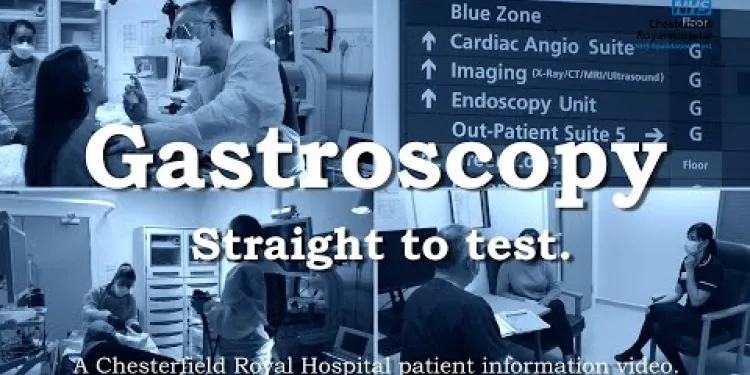
Gastroscopy - What to Expect on Referral to Chesterfield Royal Hospital
Relevance: 13%
What to Expect from Your Colposcopy Appointment
Overview of a Colposcopy
A colposcopy is a medical procedure used to closely examine your cervix, vagina, and vulva for signs of disease. It's often recommended if you've had an abnormal cervical screening (Pap smear) test result. In the UK, this procedure is usually performed in a hospital or specialized clinic by a trained professional.
Preparation for the Procedure
Before your appointment, you may be advised to avoid using tampons, douching, or having vaginal intercourse for 24 hours to ensure the clearest possible results. You may also be asked to schedule your appointment for when you're not on your period. Bring any relevant medical history and be prepared to discuss your symptoms and concerns with your healthcare provider.
During the Procedure
The colposcopy itself typically lasts around 15 to 20 minutes. You'll lie on an exam table in a position similar to a regular pelvic exam. The healthcare provider will use a speculum to gently open your vagina. A colposcope, a special magnifying instrument, will be positioned just outside your vagina to examine your cervix more closely. Sometimes a weak solution is applied to highlight any areas of abnormal cells.
Possible Discomfort and Sensations
Most people do not find a colposcopy painful, but you may experience some discomfort, similar to a smear test. When the solution is applied, you may feel a mild stinging or burning sensation. If a biopsy is taken, you may experience a sharp pinch or cramp. It's important to communicate with your healthcare provider if you feel significant discomfort at any point.
After the Procedure
Post-procedure, you may have a small amount of light bleeding or spotting, especially if a biopsy was performed. It's typically advised to avoid vaginal intercourse, using tampons, and douching for a short period to allow your cervix to heal. Your healthcare provider will give you specific aftercare instructions.
Receiving Results and Follow-Up
The results of your colposcopy and any biopsies taken can take a few weeks to process. Your healthcare provider will contact you to discuss the findings and any further steps that may be needed, such as additional tests or treatments. Regular follow-up appointments may be required to monitor your condition.
Emotional Support and Resources
It's normal to feel anxious about a colposcopy. The NHS provides resources and support, including counselling and patient support groups, to help you through the process. Don't hesitate to ask your healthcare provider for more information. Taking a friend or family member to your appointment can also be a good source of emotional support.
For more detailed information, visit the NHS website.
What Happens at Your Colposcopy Appointment
What is a Colposcopy?
A colposcopy is a medical check-up to look closely at your cervix, vagina, and vulva. This can help find signs of disease. You might need a colposcopy if a regular test called a Pap smear shows something unusual. In the UK, this test is done by a trained nurse or doctor at a hospital or special clinic.
Getting Ready for the Appointment
Before your colposcopy, you might be told not to use tampons or wash inside your vagina for 24 hours. You should also not have sex for 24 hours before the test. Try to book your appointment when you are not on your period. Bring any medical history you have. Be ready to talk about your symptoms and worries with your nurse or doctor.
What Happens During the Test?
The test usually takes 15 to 20 minutes. You will lie on a table like during a normal pelvic exam. The doctor will use a tool called a speculum to gently open your vagina. They will then use a special magnifying glass called a colposcope to look closely at your cervix. Sometimes, they put a weak liquid on your cervix to see any abnormal cells better.
How Will it Feel?
Most people do not find the colposcopy painful. You might feel the same way you do during a smear test. When the liquid is put on, you may feel a little sting or burn. If the doctor takes a small sample of tissue (biopsy), it might feel like a pinch or cramp. Tell your doctor if you feel any strong discomfort.
After the Test
After the test, you might have a little bleeding or spotting. This is normal, especially if you had a biopsy. It's best to avoid sex, using tampons, and washing inside your vagina for a while so your cervix can heal. Your doctor will tell you exactly what to do after the test.
Getting Your Results
It can take a few weeks to get the results. Your doctor will call you to talk about what they found and what happens next. You might need more tests or treatment. You may also need regular check-ups to keep an eye on your health.
Getting Help and Support
It's normal to feel nervous about a colposcopy. The NHS has resources and support, like counselling and support groups, to help you. You can ask your doctor for more details. It might help to bring a friend or family member with you for support.
To learn more, visit the NHS website.
Frequently Asked Questions
1. What is a colposcopy?
A colposcopy is a medical procedure used to closely examine your cervix, vagina, and vulva for signs of disease. It involves the use of a colposcope, a special magnifying instrument.
2. Why do I need a colposcopy?
You might need a colposcopy if you had abnormal cervical screening (smear test) results, or if your doctor sees something unusual during a pelvic examination.
3. How should I prepare for a colposcopy?
You don't need any special preparations. It's best to schedule the appointment when you are not having your period. You may also be advised to avoid vaginal intercourse, douching, or using tampons 24 hours before the procedure.
4. What happens during a colposcopy?
During a colposcopy, you'll lie on an examination table with your feet in stirrups. A speculum is inserted into your vagina to hold it open, and then the colposcope is used to examine your cervix. The doctor may also apply a solution to highlight abnormal areas.
5. Will a colposcopy hurt?
The procedure is generally not painful. You may feel some discomfort when the speculum is inserted or if a biopsy is taken, but it should not be terribly painful.
6. How long does a colposcopy take?
The procedure itself usually takes about 15 to 20 minutes, though you may spend a total of about 30 minutes in the room including preparation and aftercare.
7. What if the doctor sees something abnormal during the colposcopy?
If the doctor spots something abnormal, they might take a biopsy, which involves removing a small sample of tissue for further examination. This may cause a brief pinch or cramping.
8. Can I drive after a colposcopy?
Yes, you can drive yourself home after a colposcopy. The procedure typically doesn't require sedation or anaesthesia.
9. What should I expect after the procedure?
After a colposcopy, you might have some light bleeding or spotting and mild cramping for a day or two, especially if a biopsy was taken. You can take over-the-counter pain relief if needed.
10. Are there any risks associated with a colposcopy?
Complications are rare but can include infection, heavy bleeding, or an allergic reaction to any solution applied during the procedure.
11. How long will it take to get biopsy results?
Biopsy results usually take a few weeks to come back. Your healthcare provider will discuss the results with you and outline any necessary follow-up steps.
12. Can I go back to work after a colposcopy?
Yes, you can generally return to work and resume your normal activities immediately after the appointment.
13. Should I avoid any activities after the procedure?
It's advised to avoid vaginal intercourse, tampon use, and douching for about a week after the procedure, especially if a biopsy was taken.
14. When should I call my doctor after a colposcopy?
You should contact your doctor if you experience heavy bleeding, severe abdominal pain, or any signs of infection such as fever or foul-smelling discharge.
15. Is a colposcopy covered by the NHS?
Yes, in the UK, a colposcopy is covered by the NHS if it is deemed medically necessary based on your screening results or symptoms.
1. What is a colposcopy?
A colposcopy is a test to look inside the vagina and cervix. Doctors use a special tool called a colposcope. It helps them see if everything is healthy.
If you want help understanding more, you can use pictures or videos. Ask a doctor or nurse to explain in simple words. You can also write down questions to ask them later.
A colposcopy is a check-up that a doctor does to look at the cervix, vagina, and vulva very closely. The doctor uses a special tool called a colposcope. This tool is like a magnifying glass. It helps the doctor see if there are any problems or sicknesses.
2. Why do I need a colposcopy?
A colposcopy is a test. It helps doctors to see inside your body. This test looks at your cervix, which is the bottom part of your uterus.
There are many reasons you might need this test:
- The doctor saw something different in your check-up.
- Your Pap smear test showed some changes.
- You have had some bleeding that is not normal.
The colposcopy helps doctors find any problems early. It keeps you healthy.
If you have questions, ask your doctor. They can help you understand.
You might need a special test called a colposcopy if your smear test (cervical screening) showed unusual results. Your doctor might also want you to have this test if they see something different during a check-up of your pelvic area.
3. How do I get ready for a colposcopy?
A colposcopy is a check of your cervix (the entrance to your womb) to make sure it's healthy.
Here are simple steps to get ready:
- Wear comfy clothes: Pick clothes that are easy to take off and put on.
- Think about bringing someone: A friend or family member can come with you for support.
- Ask questions: If you’re worried or confused, ask your doctor or nurse.
- Use a calendar: Write down your appointment date so you don't forget.
Tools and tips to help:
- Set a reminder: Use a phone alarm to remind you about the appointment.
- Bring something to do: A book or toy can help if you have to wait.
- Try to relax: Do deep breathing to help stay calm.
You don't need to get ready in any special way. It's best to make the appointment when you are not on your period. You might also be told not to have sex, use a douche, or use tampons for 24 hours before the appointment.
4. What happens during a colposcopy?
A colposcopy is a check to look at your cervix. The cervix is the lower part of your womb, also called the neck of the womb.
Here is what happens:
- You lie on a special chair with your legs up.
- The doctor puts a small tool called a speculum into your vagina. This helps them see inside.
- They use a special microscope to look closely at your cervix. This does not touch you.
- The doctor might put a special liquid on your cervix. It may feel cold.
- If the doctor sees something odd, they might take a small piece of tissue. This is called a biopsy.
If you feel worried, you can bring a friend or family member to support you.
Some people like to listen to music to feel calm. You can try deep breathing to relax too.
When you have a colposcopy, you'll lie on a special table. You'll put your feet in holders.
The doctor will gently put a tool called a speculum into your vagina. This tool helps open your vagina so the doctor can see inside.
Next, the doctor uses another tool called a colposcope to look at your cervix.
Sometimes, the doctor might use a liquid to show any unusual areas better.
If you want, you can try deep breathing to relax or ask a family member or friend to come with you for support. You can also bring music or a podcast to help you stay calm during the procedure.
5. Will a colposcopy hurt?
A colposcopy looks at the neck of the womb. It may feel a bit uncomfortable, but it should not hurt. If you feel worried, you can tell the doctor or nurse, and they can help. You can also bring someone with you to feel better. Listening to music or thinking of nice things can help you relax.
The procedure doesn't hurt much. You might feel a bit uncomfortable when the tool is put in, or if a small piece of tissue is taken. But it shouldn't hurt a lot.
6. How long does a colposcopy take?
A colposcopy is a check-up for your cervix. It takes about 15 to 20 minutes.
Bring someone with you for support. You can take deep breaths to feel calm.
The procedure itself usually takes about 15 to 20 minutes. But you might be in the room for about 30 minutes in total. This time includes getting ready and taking care of you afterwards.
7. What happens if the doctor finds something unusual during the colposcopy?
If the doctor sees something that doesn't look right, they might take a small piece of tissue. This is called a biopsy. They will check this piece to learn more. It might feel like a little pinch or cramp when they do this.
8. Can I drive after a colposcopy?
A colposcopy is a test to look at your cervix (the part of the body inside where a baby grows). It helps doctors see if everything is okay.
Ask someone to drive you home after the test. This is because you might feel sore or dizzy. It's good to rest and not drive right away.
Tools that can help you learn more about colposcopy:
- Use picture books that explain what happens during a colposcopy.
- Watch videos made for children which explain medical tests in simple words.
Yes, you can drive yourself home after a colposcopy. You don't usually need to be put to sleep or feel very sleepy for this test.
9. What happens after the procedure?
Once the procedure is done, you might feel sleepy or tired. This is normal. Sometimes, you may have a small bandage where the doctor worked.
It is a good idea to have someone with you to help you get home. If you have questions, ask your doctor or nurse.
If reading is hard for you, you can try using audiobooks or ask someone to read to you.
After a colposcopy, you might have a little bleeding or spotting and feel some mild cramps for a day or two. This is more likely if a small piece of tissue was taken for testing (called a biopsy). You can take medicine you can buy from the store for pain if you need it.
10. Are there any risks with a colposcopy?
A colposcopy is a medical test. It looks at the cervix, which is inside the body. This test is usually safe, but there can be some risks.
Here are some things that might happen:
- You might feel a little bit of pain during or after the test.
- You could have some bleeding or spotting. This is when a little blood comes out of your body.
- You might get an infection, but this is not common.
To feel better and stay safe, you can:
- Talk to your doctor before and after the test. They can answer any questions.
- Rest if you feel tired.
- Call your doctor if you feel very sick or have a lot of bleeding.
Problems don't happen often, but here are some things that might go wrong:
- An infection: This is when germs make you sick.
- Heavy bleeding: This means bleeding a lot.
- An allergic reaction: This is when your body doesn't like something that touches it.
11. How many days before I find out my biopsy results?
It can take a few weeks to get the results from a biopsy. Your doctor will talk to you about what they find and what you need to do next.
12. Can I return to work after a colposcopy?
A colposcopy is a test to check the health of your cervix. Most people can go back to work after having this test. It is good to rest if you feel tired.
Some tips to help you feel better:
- Take it easy. Rest if you need to.
- Ask someone to help if you feel tired.
- Drink lots of water to stay hydrated.
If you have any worries, talk to your doctor or nurse. They can help you.
Yes, you can usually go back to work and do your everyday activities right away after the appointment.
13. What things should I not do after the procedure?
After you have the procedure, there are some things you might need to be careful about. Here are some tips to help you:
- Ask your doctor what activities are safe for you.
- Take it easy and rest if you feel tired.
- Avoid heavy lifting or exercise unless your doctor says it's okay.
If you need help remembering these tips, you can:
- Write down what the doctor tells you.
- Ask a friend or family member to help you remember.
- Use a calendar to keep track of when you can start doing things again.
After the test, do not have vaginal sex, use tampons, or douche for about a week. This is very important if you had a small tissue sample taken.
14. When should I call my doctor after a colposcopy?
If you had a colposcopy, you might feel some pain or see light bleeding. This is normal.
But you should call your doctor if you:
- Have heavy bleeding (more than your usual period).
- Feel strong pain that doesn't go away.
- Have a fever.
- See yellow or bad-smelling discharge.
If you have a question, it's always okay to ask your doctor. They can help you feel better. Having a friend or family member with you can also be helpful.
Call your doctor if you have a lot of bleeding, very bad tummy pain, or if you feel sick with a fever or notice a bad smell.
15. Can you get a colposcopy for free with the NHS?
Yes, in the UK, the NHS will pay for a colposcopy if you need it because of your test results or symptoms.
Useful Links
- Ergsy carfully checks the information in the videos we provide here.
- Videos shown by Youtube after a video has completed, have NOT been reviewed by ERGSY.
- To view, click the arrow in centre of video.
- Most of the videos you find here will have subtitles and/or closed captions available.
- You may need to turn these on, and choose your preferred language.
- Go to the video you'd like to watch.
- If closed captions (CC) are available, settings will be visible on the bottom right of the video player.
- To turn on Captions, click settings .
- To turn off Captions, click settings again.
More Items From Ergsy search
-

What to expect from your Colposcopy appointment
Relevance: 100%
-

Having a colposcopy at Leeds Teaching Hospitals
Relevance: 80%
-

How do I book an appointment for the flu vaccine?
Relevance: 39%
-

How should I prepare for a Botox appointment?
Relevance: 38%
-

Can I get a dentist appointment on the NHS?
Relevance: 38%
-

What happens if I miss my NHS dental appointment?
Relevance: 38%
-

Your Ultrasound Appointment
Relevance: 38%
-

How can I get a COVID jab appointment?
Relevance: 37%
-

A Radiotherapy appointment in east and North Hertfordshire
Relevance: 37%
-

What should I bring to my NHS dental appointment?
Relevance: 36%
-

Can children get NHS dentist appointments?
Relevance: 36%
-

How long will I have to wait for an NHS dental appointment?
Relevance: 35%
-

Derbyshire Diabetic Eye Screening - Your Screening Appointment
Relevance: 35%
-

What should I do if I miss my second COVID jab appointment?
Relevance: 35%
-

Derbyshire Diabetic Eye Screening - Assessment Clinic Appointment
Relevance: 35%
-

Are all dental appointments free on the NHS?
Relevance: 34%
-

Autism Assessment - What Happens in Your Appointment
Relevance: 33%
-

Can I get an emergency NHS dental appointment?
Relevance: 33%
-

Post Menopausal Bleeding Clinic | A Guide to What Happens at An Appointment
Relevance: 33%
-

Your abdominal aortic aneurysm (AAA) screening appointment
Relevance: 32%
-

MRI Scanner walkthrough - what to expect at your appointment
Relevance: 31%
-

NHS to Expand Digital Health Services to Reduce Appointment Backlogs
Relevance: 31%
-

How can I find an NHS dentist for an appointment?
Relevance: 29%
-

Do I need to make an appointment to visit a food bank?
Relevance: 28%
-

Eczema - Your child's appointment | Dermatology | Paediatrics
Relevance: 28%
-

What should I do if I can't get an NHS dentist appointment?
Relevance: 26%
-

Judicial Appointments Under Scrutiny as Diversity Reports Spark Debate
Relevance: 25%
-

What is a Pap smear?
Relevance: 20%
-

The NHS is #StillHereToHelp with cervical screening
Relevance: 20%
-

NHSGGC - Cervical Cancer Screening - English
Relevance: 18%
-

Get cancer symptoms checked by your GP | NHS - BSL version
Relevance: 16%
-

How do I book a mammogram?
Relevance: 14%
-

Get cancer symptoms checked by your GP | NHS
Relevance: 14%
-

What is cervical screening (smear test)?
Relevance: 14%
-

I've found a lump in my breast - What happens next? The breast diagnostic clinic
Relevance: 14%
-

What precautions should I take before getting Botox?
Relevance: 13%
-

Derbyshire Diabetic Eye Screening - Diabetic Eye Screening
Relevance: 13%
-

I've found a lump in my breast - What happens next? The breast diagnostic clinic
Relevance: 13%
-

Can I change my DVSA Theory Test date?
Relevance: 13%
-

Gastroscopy - What to Expect on Referral to Chesterfield Royal Hospital
Relevance: 13%


